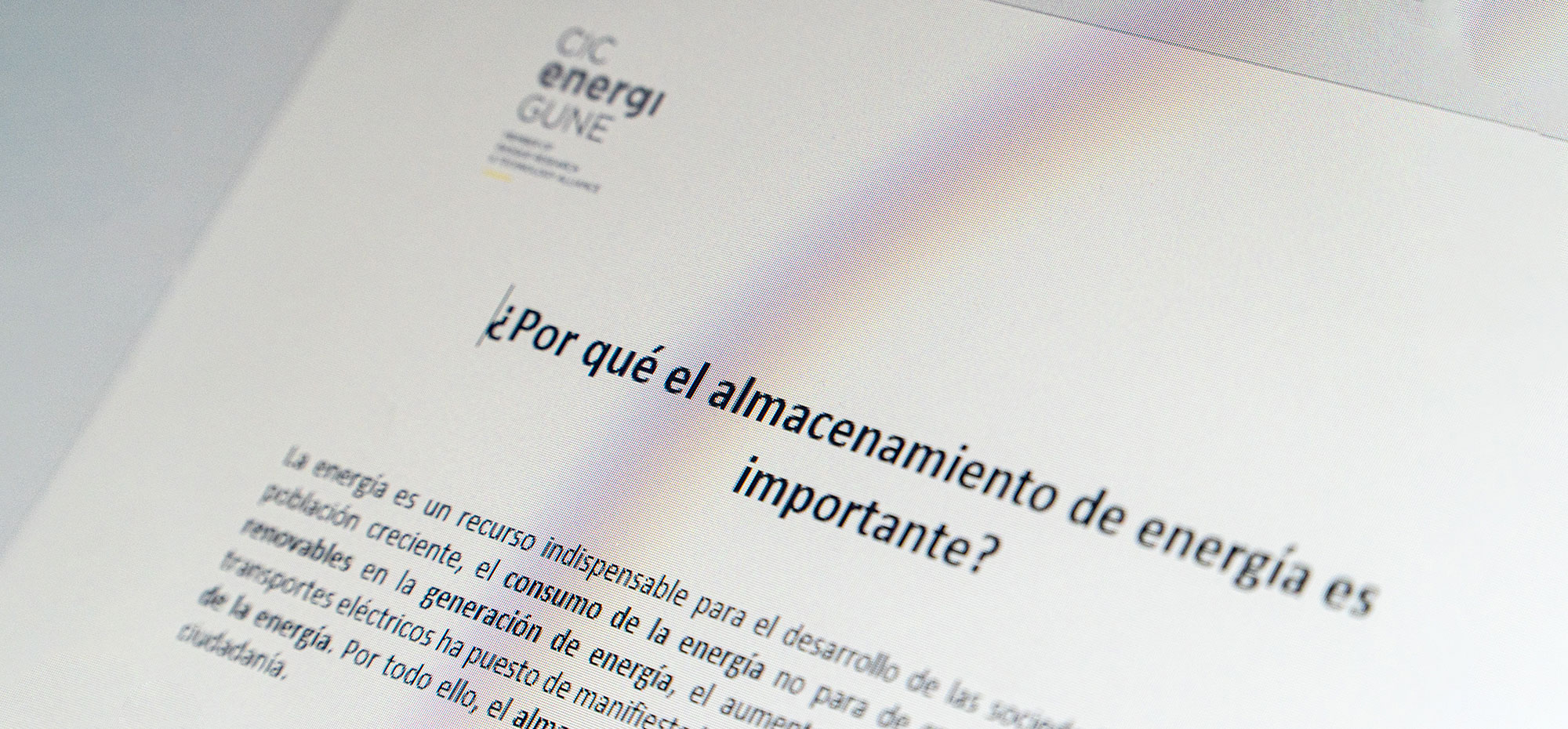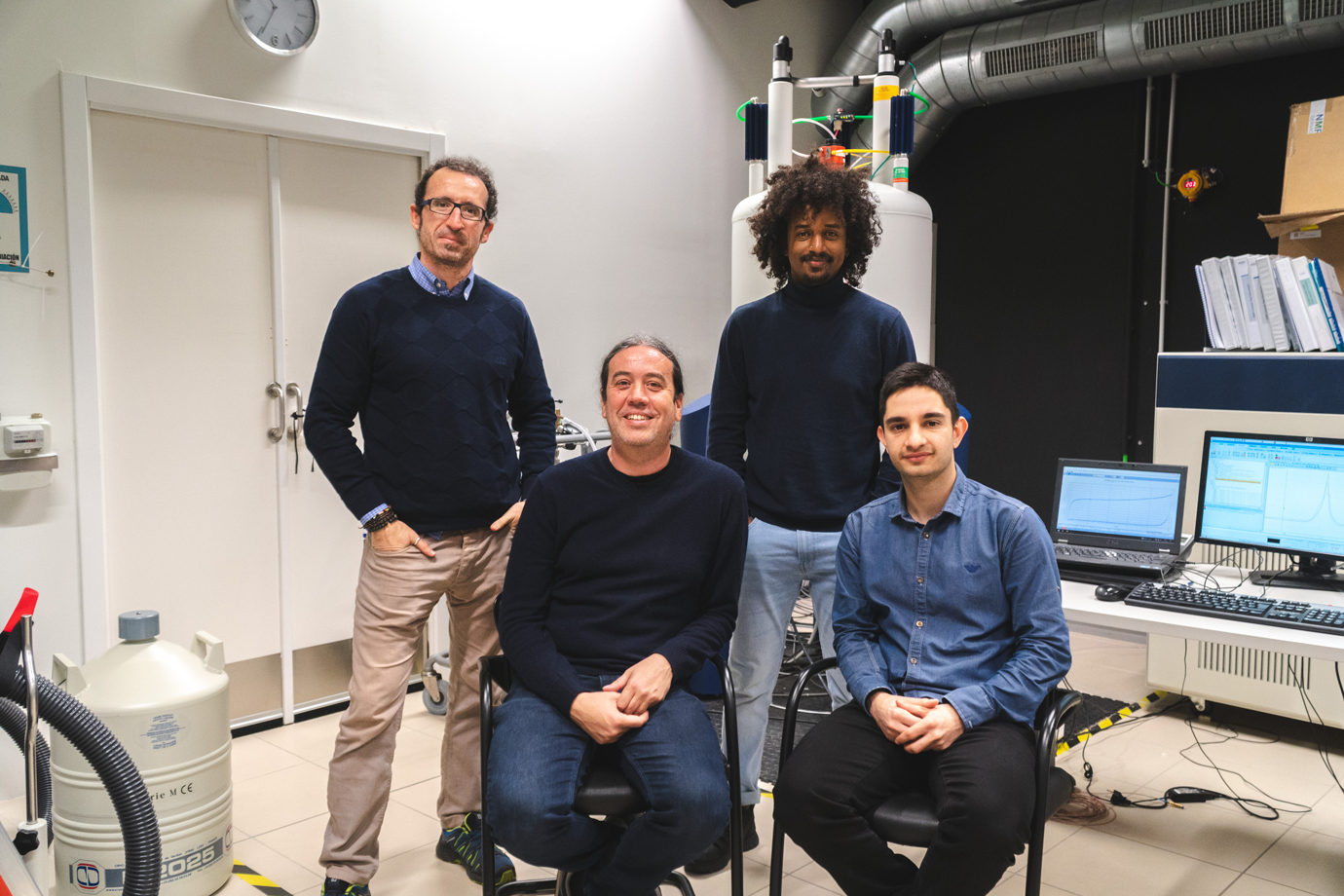Our scientific activity is directed to batteries and supercapacitors and to thermal energy storage applications. Since most of the components of these systems are solids, the relevance of the application in the solid-state NMR is evident.
Given the variety of the investigated materials, the solid-state NMR platform at CIC energiGUNE has been very efficiently adapted to the investigation of ceramic materials, paramagnetic inorganic solids, metals and alloys, polymers, graphitic systems and composites formed by different materials.
NMR is a non-destructive quantitative technique that allows the structural determination of solid materials independently of their crystalline state. Thus, NMR is essential for the characterization of disordered solid materials such as polymers, semi-solid and amorphous inorganic systems.
The characterization of this type of components is crucial to understand surface degradation processes, interfaces and the structure of those materials. Solid-state NMR is also a local characterization technique, since it provides information on the atomic structure around the specific atoms. Consequently, this technique clearly reveals the presence of local structural defects that are not easily identifiable by diffraction methods.
Solid-state Nuclear Magnetic Resonance is also enormously versatile and accurate in the identification and quantification of dynamic processes. This is another feature widely exploited in our laboratory since kinetic processes are crucial in the electrochemical and molecular processes of energy storage materials.
Solid-state NMR as a key in the characterization of solid-state batteries.
The kinetics of lithium and sodium ions both within solid electrolytes and across the interfaces is one of the most important and least understood parameter in lithium and sodium batteries. In particular, the replacement of flammable liquid electrolytes with safer and more reliable solid electrolytes requires the development of high lithium conductivity materials (usually polymers, ceramics or composites of both) and optimal interaction with anodes and cathodes.
Solid-state NMR represents a unique tool whichallowsthe characterization of polymers such as the determination of dynamic lithium processes and their relationship with the kinetics of the anion and the polymer matrix in a quantitative way.
Our equipment also allows characterizations at variable temperatures, so that kinetic investigations allow us to obtain precise activation energy values. These activation energies obtained are related to the local mobilities of the atoms or ions investigated and are very important in understanding the experimental values of ionic diffusion obtained by other techniques.
Within the solid electrolyte research, composites generated by mixing polymers and lithium-conducting ceramics are attracting interest in the scientific community, with the idea of combining the processability of polymeric materials with the high ionic conductivity of ceramics.
In this field, the CIC energiGUNE NMR platform is carrying out intensive research and has been able to demonstrate its applicability to determine lithium exchange processes at the interface of polymers and ceramics. This research has recently gone a step further by proposing diffusion mechanisms at the interface.
Other dynamic processes of great importance in batteries are the kinetic processes of ion diffusion inside cathodes and anodes. These processes are also investigated in our NMR laboratory and the results correlate with the performances of the developed materials.










